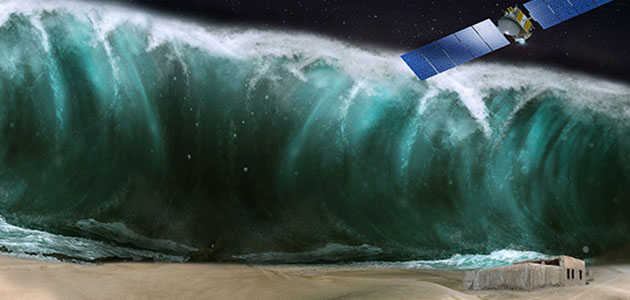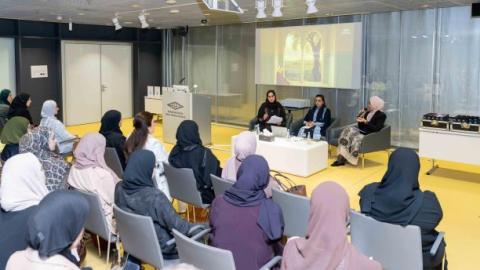
Qatar National Library (QNL) will host a lecture on how the continuously changing natural environment of Qatar defines its past, present, and future, and what that means for similar dry regions around the world, as well as for understanding deserts and water evolution on planets such as Mars. Planetary scientist Dr. Essam Heggy will deliver the lecture, on ‘Understanding Space Exploration and the Natural Forces that Shaped the Qatar Peninsula’, on April 19 at 10am.
Climate evolution has shaped the history of Earth, as well as that of other planets in the solar system. This public lecture will discuss how space exploration is allowing scientists to better understand water and desert evolution on Earth, as well as on several other bodies in the solar system. Notably, Dr. Heggy will discuss how technologies that are being designed to explore water in the solar system benefit from being tested in Earth’s deserts. He will also discuss groundwater evolution in deserts, and how it contributes to changing environmental and societal factors in desert areas.
Dr. Heggy will also address the unique case of the Qatar Peninsula, with its ever-changing coastlines driven by several active natural forces. The eastern part of the Arabian Peninsula may have been one of the first areas to witness important climatic and environmental changes. For instance, Qatar’s early population was unusual in that it may have been one of the few cultures that developed an intuitive scientific heritage associated with both desert and coastal changes. These early inhabitants would have had an intimate understanding of groundwater and sea levels, dune movements, coral reef evolution, and shallow-water navigation, and adapted their daily survival in response to the shifts in each.
“The relationship between a society and its surrounding environment is as much a part of its culture as the music, literature, and art it creates. This lecture will add another dimension to our growing understanding of the history of Qatar and its people, and at the same time help us apply those lessons to the future,” said Dr. Sohair Wastawy, Executive Director, QNL.
Today, Qatar continues to go through unique environmental changes, both natural and man-made, making it a valuable case study for understanding how the natural world defines similar dry environments. The early residents of Qatar had to cope with the sea and the desert, both notoriously shifting ecosystems, and in order to survive they had to develop a deep familiarity with the natural world in which they lived.
Dr. Heggy is a planetary scientist at the Viterbi School of Engineering at the University of Southern California, and a ROSETTA co-investigator at the National Aeronautics and Space Administration (NASA) Jet Propulsion Laboratory. He is also a co-investigator in the radar experiments on NASA’s Lunar Reconnaissance Orbiter, searching for ice at the lunar poles. His research in space and planetary geophysics aims to understand water and ice distributions in Earth’s dry regions, as well as on Mars, the Moon, icy satellites, and near-Earth objects. He is also a contributing scientist to several existing and proposed planetary and terrestrial radar imaging and soundings experiments, and participated in several NASA & European Space Agency (ESA) radar mission concept designs.







